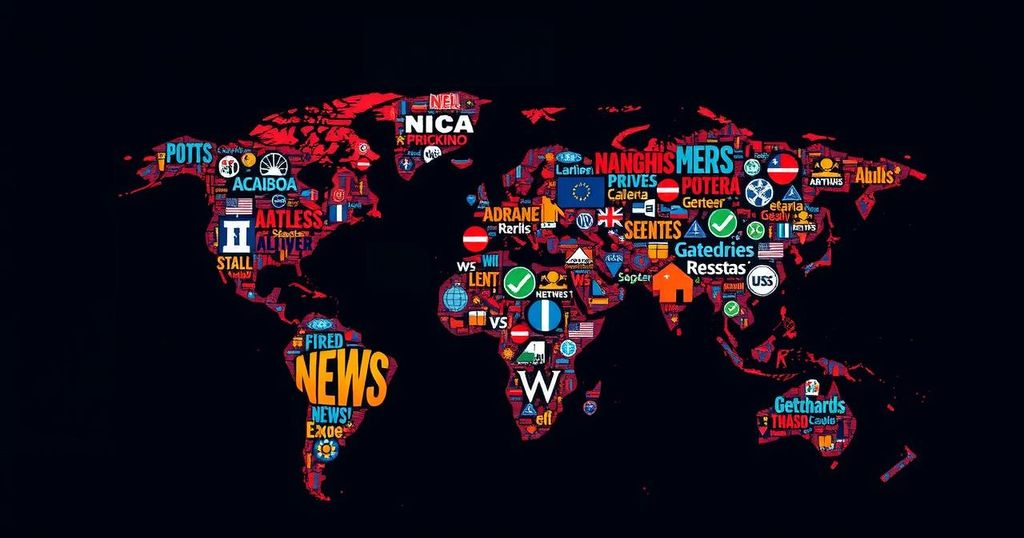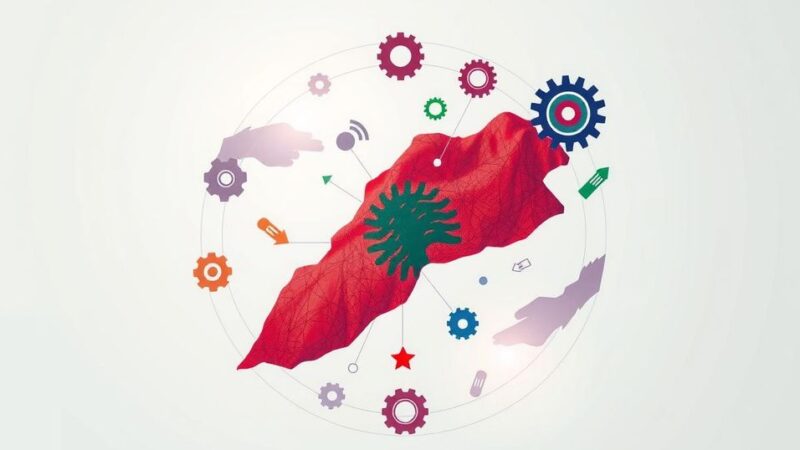Typhoon Toraji hit northeastern Aurora, Philippines, with winds up to 130 kph, prompting evacuations in 2,500 villages, and forcing the government to prioritize disaster response. The military has deployed teams to high-risk areas as schools and transport services were suspended. After previous storms caused over 160 deaths and widespread damage, international aid from Southeast Asia and the U.S. is aiding recovery efforts.
Typhoon Toraji struck the northeastern Aurora province of the Philippines, bringing sustained winds of up to 130 kilometers (81 miles) per hour and gusts reaching 180 kph (112 mph). The storm is predicted to move northwest across Luzon, expected to weaken as it travels over mountainous terrain before moving into the South China Sea. President Ferdinand Marcos Jr. is overseeing disaster recovery efforts after recently inspecting prior storm damage in affected regions. Consequently, he opted to forgo the Asia-Pacific Cooperation forum in Peru to ensure adequate support for the recovery operations from consecutive typhoons.
In anticipation of the severe weather, Interior Secretary Jonvic Remulla mandated the forcible evacuation of residents from 2,500 villages likely to be impacted by the storm, which is locally referred to as Nika. He underscored the heightened risk of flash floods and landslides due to the already saturated Luzon landscapes. “We understand if some would want to stay, but we have to get them out,” Remulla remarked when addressing reporters about the necessary evacuation efforts.
The military has deployed disaster response teams to areas deemed high-risk and temporarily halted combat training exercises in northern provinces. Col. Francel Margareth Padilla, spokesperson for the Armed Forces of the Philippines, reinforced their unwavering commitment to assist citizens during such emergencies. Furthermore, schools were closed, and domestic transportation services were suspended as Typhoon Toraji approached, marking the 14th significant weather event to strike the archipelago this year. Weather forecasters are also monitoring another potential storm developing in the Pacific that may further affect the region.
The latest storms have severely impacted the Philippines, resulting in over 160 fatalities, extensive destruction to housing and agriculture, and the displacement of more than nine million individuals, including many who have sought refuge in emergency shelters. In light of overcoming this crisis, the Philippines has received critical assistance from Southeast Asian nations, particularly Singapore, along with support from the United States, enabling the transport of essential supplies to the affected northern provinces.
The Philippines is prone to extreme weather events, with Typhoon Toraji being the latest in a series of storms this year. The archipelago faces significant challenges during storm season due to its geographical positioning, which makes it susceptible to typhoons and heavy rainfall. With each storm, the government is compelled to respond swiftly to protect vulnerable populations, often leading to forced evacuations and emergency measures. Humanitarian assistance from other countries forms a crucial component of the response strategy to ensure the needs of the affected populations are met.
In summary, Typhoon Toraji poses a severe threat to the Philippines, necessitating urgent evacuation measures and disaster response efforts. President Ferdinand Marcos Jr. prioritizes recovery operations in the wake of recent storms, while Interior Secretary Jonvic Remulla emphasizes the risks associated with the storm. Additionally, support from international partners highlights the importance of global cooperation in responding to natural disasters. As the Philippines braces for further weather disturbances, the commitment to safeguard its citizens remains paramount.
Original Source: www.mid-day.com






